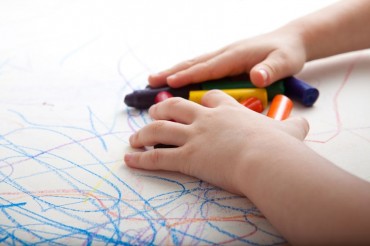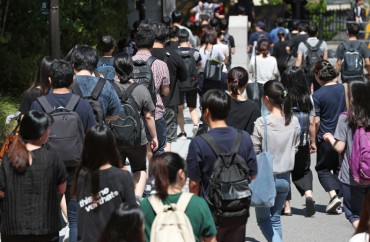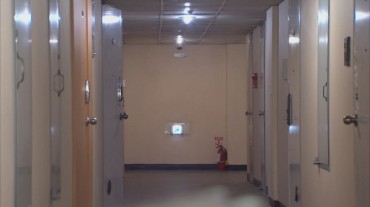
Considering the fact that existing technology has only been able to replicate the appearance of these properties, the newly developed technology is extremely innovative. (image: the Ministry of Culture, Sports and Tourism)
SEOUL, Dec. 6 (Korea Bizwire) – A technology to realize Korean cultural properties in virtual space has been developed by the Ministry of Culture, Sports and Tourism. With floor plans of cultural asset buildings and three dimensional scan data, the ministry digitalized the traditional building materials of the properties.
Considering the fact that existing technology has only been able to replicate the appearance of these properties, the newly developed technology is extremely innovative. The current system can’t provide any information on materials, interior structures and production processes. The information is limited, therefore, for use in digitalized cultural property content production.
Users can experience the properties through the new system in three different ways. The first one is to assemble pieces of digitalized cultural buildings through touch-sensitive screens. Wooden buildings designated as national treasures, such as Cheongnyongsa Temple, can be assembled from the foundation to the roof.
The second way is to put pieces of small cultural assets together to make a virtual one. For example, a user can assemble building materials to make the Three-story Stone Pagoda in Bulguksa Temple. Users can learn about traditional properties while assembling them virtually.
The last one is an educational game. A user can move building materials to assemble traditional wooden buildings, much as one would move pieces in a Tetris game. By playing the game, a user can naturally understand what kinds of materials make up the properties.
As the technology lets users learn about cultural assets in an easier and more interesting way, it is expected to be used in museums to improve visitors’ understanding of traditional assets.
By Veronica Huh (veronicah@koreabizwire.com)






